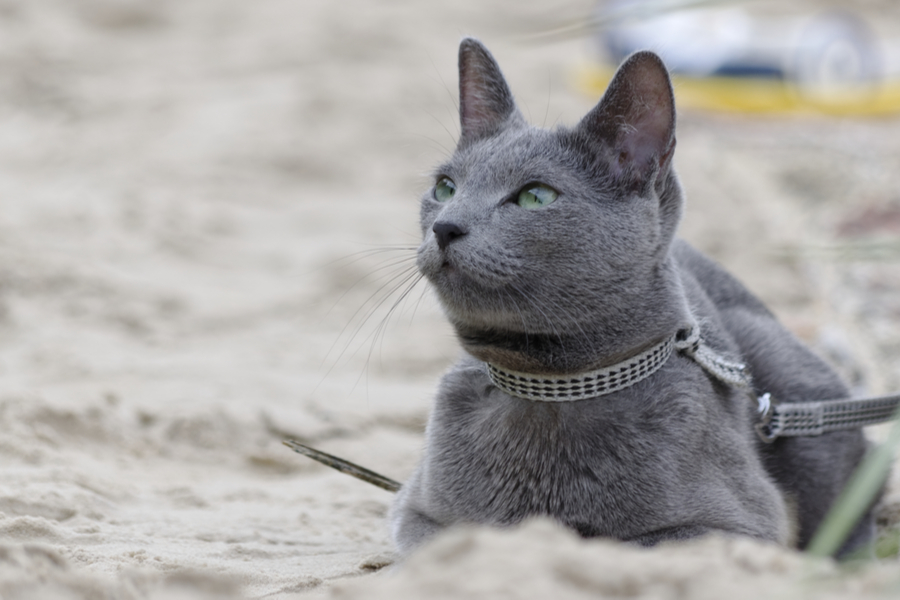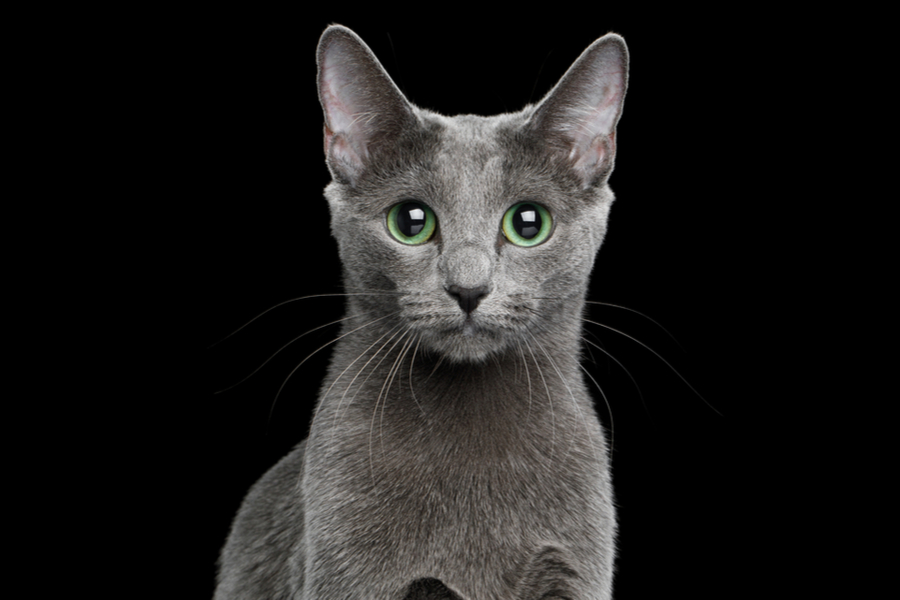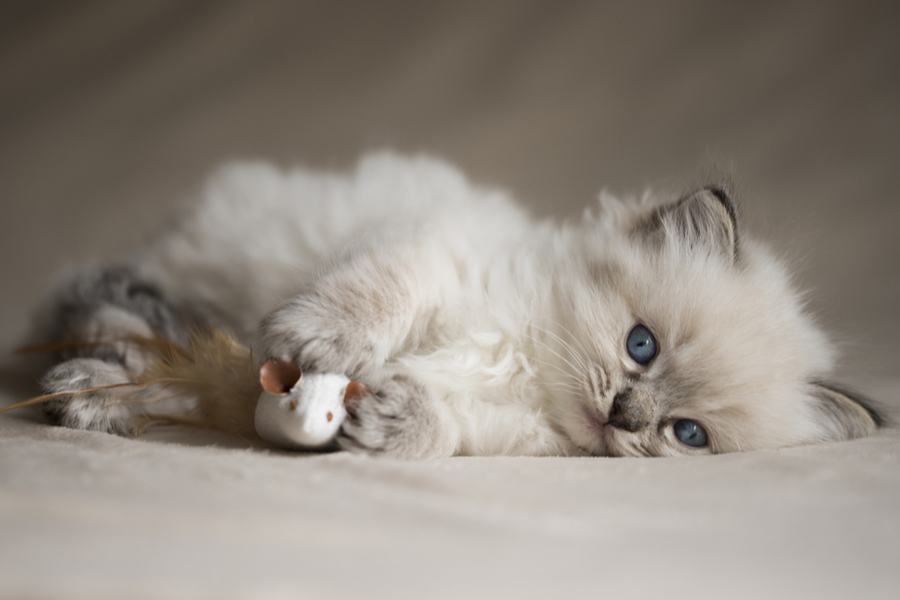Average sizes and life expectancy for this breed:
Developed on the Isle of Skye and in the Scottish Highlands, the happy-go-lucky Cairn Terrier is a small working canine breed. Farmers used these alert and friendly terriers to help them get rid of vermin within their properties. These dogs are tenacious, courageous, and intelligent. Moreover, they are independent and amicable dogs, making them excellent family pets and canine companions.
Cairn Terriers are known to be affectionate and adaptable. They can do well in both apartments and large homes, either with first-time dog owners or experienced dog lovers. However, because of their high energy, they require an active lifestyle that should include regular walks and play sessions. Also, it is worth noting that these active dogs do not appreciate being left home alone for long periods. So, make sure to provide plenty of affection and attention.
These spunky canines boast a short, shaggy coat that is relatively easy to maintain. And, while no breed is 100% hypoallergenic, individuals who suffer from dog allergies tend to report fewer issues with this breed.
See available puppies




Cairn Terriers were bred to hunt foxes, rodents, and vermin and were always highly regarded for their eagerness to please by Scottish hunters. While the actual origin of this breed is still unknown, they are believed to be one of the oldest native Scottish terrier breeds, potentially dating back to the 14th or 15th centuries. They are also thought to be the foundation for many other terrier breeds we know today, such as the West Highland Terrier and Skye Terrier.
In the 16th century, both King James I and VI sent a group of these “Earth Dogges” over to the King of France. They were even said to have been transported on a separate ship “lest disaster befall them en route”.
In the early days, these dogs were experts at hunting foxes, rats, and rabbits. However, by the 18th and 19th centuries, they were also regularly used to hunt otters and badgers. The Cairn Terrier breed was highly prized for its “gameness”, courage, and ability to disregard any pain when tackling game. These dogs were eventually named Cairn Terriers because they were highly skilled at routing their prey from cairns (piles of rocks, often used as boundaries, memorials, and landmarks).
Farquhar Kelly of Drumfearn and Captain Martin MacLeod of Drynock are known to be some of the most prominent early breeders of the Cairn Terrier on the Isle of Skye. However, surprisingly, the Cairn Terrier was the slowest of the Scottish terrier breeds to gain popularity outside of Scotland.
The Kennel Club finally accepted the breed in 1910, thanks to the dedication and persuasion of numerous pioneering breeders, including Mary Hawke and Mrs Alastair Campbell. The official Cairn Club was founded in the same year with 54 members. Today, these active little dogs are known around the world, with more than 20 breed clubs.


These small terriers are well-muscled and sturdy, boasting distinctive short, shaggy coats. Their heads are pretty small and broad but still well-proportioned to the rest of the body. A shiny black nose enhances the overall charming appeal of this breed. They also have well-defined stops and powerful muzzles.
Their eyes are set wide apart on the head and are darkish hazel in colour, outlined by shaggy eyebrows. Their small ears are pointed and carried upright. Their jaws are strong with regular scissor bites.
These dogs have well-set necks with sloping shoulders and their straight front legs are covered with coarse hair. They have bodies that are compact with well-sprung ribs and a nice level back. Their loins are supple and well-muscled. Furthermore, their well-developed hindquarters boast muscular thighs. Their back feet are a little smaller than the front legs, but both have thick, strong pads. Cairn Terriers have short well-furnished tails that are carried merrily but never over the back.
These dogs have shaggy, weather-resistant double coats. The outer coat is rough but never coarse, while the undercoat is short, soft, and lies close to the body. Cairn Terriers can have a slight wave in the coat which is permissible under the UK breed standard.
These dogs can come in a variety of coat colours, which include: Cream, Wheaten, Red, Grey and Nearly black.
Brindling is acceptable in all these coat colours and darker patches on the ears and muzzles are common.
These little dogs have happy yet fearless characters. Like their terrier cousins, they are highly intelligent, which makes them easy to train. However, bear in mind that they are very quick off the mark, which means they can get into mischief!
The Cairn Terrier generally loves participating in many canine sporting activities because they love the attention and it’s a great way to burn off some of their excess energy. Just ensure that courses and training sessions are age appropriate. Young Cairn Terriers can potentially damage their ligaments and joints during jumping programs.
A Cairn Terrier is an excellent choice for novice dog owners as long as you can provide enough love and affection. This is because they thrive on being around people and do not appreciate being left alone for long periods. So, they would be well suited to families and couples that work from home and enjoy an active lifestyle.
Cairn Terriers are very playful and energetic, so if you can provide them with some outdoor space, like a secure garden, they will surely thank you for it!
Like all terrier breeds, Cairn Terriers can be a bit yappy if they have not been appropriately trained and socialised from a young age. That said, they respond well to training and make great watchdogs. Digging, barking, chasing, and socialising are high priorities when it comes to the list of fun activities Cairn Terriers enjoy!


Cairn Terriers are intelligent dogs, but they can also be stubborn at times because of their independent natures. Therefore, their training and education should start as early as possible. They should be handled with a firm yet gentle hand to grow into well-balanced, well-rounded, and mature adults. These dogs need to know their place in the pack otherwise there is a risk of them becoming dominant and unruly.
It is recommended that you enrol Cairn Terrier puppies in obedience classes once they have been vaccinated for guidance and socialisation. Moreover, Cairn Terriers tend to enjoy participating in these classes.
Like all dog breeds, Cairn Terriers respond best to positive reinforcement training. Start with short training sessions and make sure you are in a quiet room with minimal distractions to ensure your dog's focus remains on you! These are highly playful canines so feel free to vary training sessions to include fun games, both indoors and outdoors.
To keep your Cairn Terriers’ coat clean and tangle-free, you need to brush them at least twice a week with a slicker or pin brush. Moreover, because they have a natural shaggy appearance, the harsher outer coat should be stripped roughly twice a year to keep it in good condition. Regular bathing isn’t strictly necessary unless your pup gets particularly dirty.
Like many breeds, the Cairn Terrier tends to shed more during Spring and again in Autumn. Therefore, they may require more frequent brushing during these times. That said, Cairn Terriers are known to be a low-shedding breed that is generally considered to be hypoallergenic. However, remember that no dog is 100% hypoallergenic so it’s worthwhile meeting your potential new puppy prior to making a final decision. This will help you to determine if that specific dog flares up your allergies.
Their ears must be checked often to ensure they are kept clean, dry, and free of foreign objects which can lead to infections. Use a clean cotton ball or cloth soaked with a vet-approved ear cleaner once a week or so. Potential signs of infection to look out for include redness, swelling, excessive wax build-up, and behavioural changes such as repeated head shaking. It’s important that you get your dog to a vet as soon as you can if you suspect an ear infection because they can be difficult to clear up if left for too long.
A daily dental routine is still the best way to prevent bad breath and tooth and gum disease. Nonetheless, twice a week brushing is adequate enough to stop any tartar or bacteria from spreading. Ask for a recommendation from your veterinarian about the dog products that will work best to clean their teeth, gums, mouth, and tongue.
A Cairn Terrier’s nails must be trimmed regularly. This is important because long nails can be painful and even cause mobility issues. Check their paw pads too, making sure they are clean and dirt-free.
Lastly, check the whole body as you clean and groom your dog to check for any unusual signs that may indicate an infection or illness. These can be varied but may include abnormal lumps, sore areas, hair loss, and dry patches. Assess their eyes as well to make sure they are clean and healthy without any pain or discharge.


Cairn Terriers are lively little dogs with a relatively long life span, especially if they are provided with a nutritious diet. Regular vet checkups, as well as varied exercise opportunities and mental stimulation are also important. All puppies should be purchased from reputable and licensed breeders to ensure they have been well-socialised, weaned, and cared for. They will also perform DNA tests on your pup to ensure there are no underlying health issues present.
Below are some of the more common health conditions seen in Cairn Terriers:
Because of their naturally playful and affectionate personalities, the Cairn Terrier is an excellent choice for families with children. They love nothing more than being around them and are incredibly tolerant. However, it is still recommended that adults supervise every playtime and interaction between a Cairn Terrier and a child to avoid any mishaps. Also, bear in mind that, like all terriers, Cairn Terriers may be averse to rough handling so teach your children how to appropriately handle and interact with a dog.
Cairn Terriers are generally good around other dogs if they have been well socialised and introduced from puppyhood. But, because of their terrier background, these dogs should not be left alone with smaller pets, including cats. These dogs have a strong hunting instinct so caution should be exercised. For this reason, you should also make sure your dog is fully recall-trained before letting them off the lead outside. Otherwise, there’s a risk that your pup might dash off after enticing prey!


We can connect you with Breeders that are specialized in this particular breed.
See available puppies

Need some advice?
Whether you're a first time pet owner, an experienced pet owner, a new or long-time breeder, or just curious about pets, we've got you covered!

January 17, 2024
What Is The Personality Of Russian Blue Cats?
Russian Blue cats are most known for their distinctive shimmery blue-silver coat and piercing green eyes. However, this breed’s calm and gentle temperament is what makes them shine the most in the feline world.

January 17, 2024
10 Facts About Russian Blue Cat Breed
Russian Blues are one of the most aesthetically stunning cat breeds, with a gorgeous plush silvery coat and vibrant green eyes. However, it’s not only their appearance that is beautiful; their nature is too.

January 17, 2024
How To Choose The Right Cat Breed for You
Cats can make the most fantastic animal companions; they are adorable, friendly, and loving. However, not all felines are created equal. There are many different breeds, of which each has its unique personality traits.
Need some help?
Contact us to speak to our friendly advisor, who will gladly help you find your dream pet!



We are registered in England and Wales under registration number 12568840,
and our registered office is at 58-60 Kensington Church Street, W8 4DB London, England.
© 2023 The Pedigree Paws